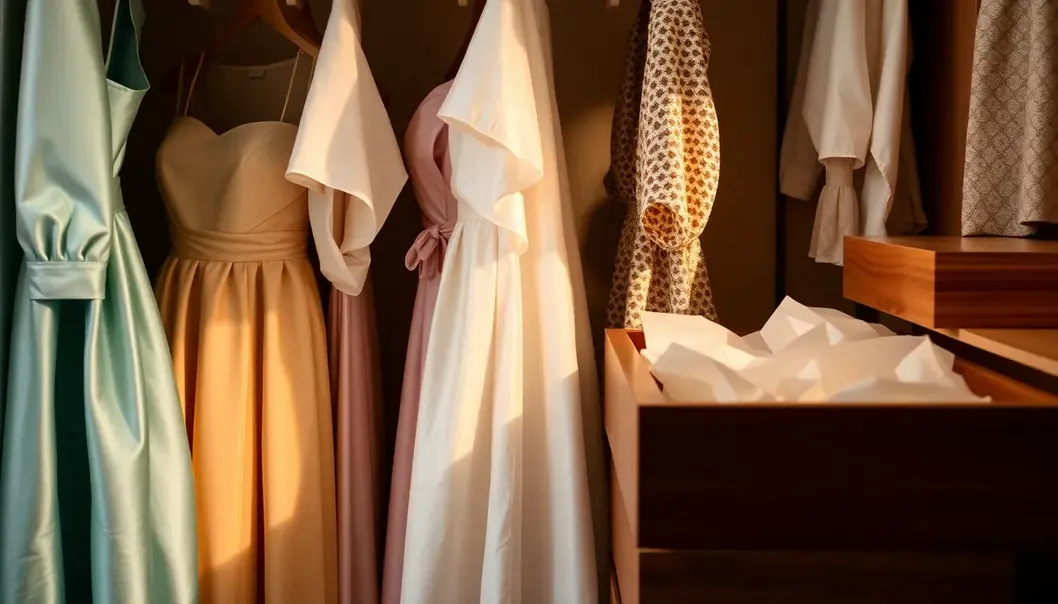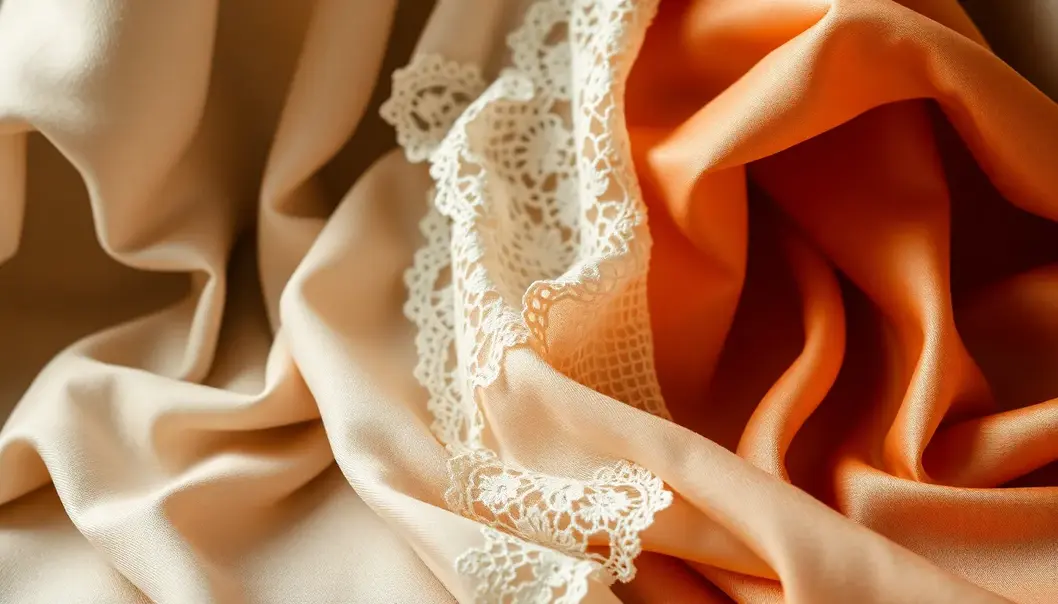Delicate textiles, intricately woven and exuding timeless elegance, deserve an equally refined method of care. These luxury fabrics, from the softest silks to the most ethereal laces, hold more than just sartorial value; they embody craft, heritage, and the art of impeccable style. The way we care for these intricacies mirrors our appreciation and respect for their storied meanings. Let us embark on a journey to uncover the secrets of maintaining such treasured garments, ensuring their luxurious allure remains untarnished for generations to come.
The Gentle Touch: Washing and Drying

Caring for delicate textiles at home is a practice that combines art with science. Each fabric type demands a unique approach to washing and drying to ensure it retains its elegance and integrity. Silk, lace, and cashmere, with their luxurious textures, require particularly gentle handling.
Handwashing is often the preferred method for these fabrics to avoid damage from the vigorous action of washing machines. Use a basin filled with lukewarm water, ensuring the temperature never exceeds the warmth of your skin. Lukewarm water helps prevent fabric shrinkage and dye bleeding.
Select a detergent specifically designed for delicate fabrics. These detergents are made to clean without stripping the fibers of their natural oils. For extra care, consider using a small amount of white vinegar in the rinse water to help remove any soap residue and restore the fabric’s natural luster.
When washing silk, avoid twisting or wringing out the fabric. Instead, gently press out excess water with a clean, absorbent towel. Lace can be similarly treated, always remembering to support the fabric to prevent any stretching or distortion. Cashmere, on the other hand, benefits from minimal agitation. Squeeze gently and never hang it to dry, as this can cause the fabric to stretch out of shape.
Environmentally-friendly drying practices are crucial to maintain the quality of these textiles. Air drying is the most gentle method. Lay garments flat on a clean, dry towel, reshaping them to their original dimensions. Ensure the drying area is away from direct sunlight, which can fade colors and weaken fibers.
Steam pressing is another technique to consider, particularly for silk and lace. It involves using a garment steamer or a steam iron, set to a low temperature, to smooth out wrinkles without coming into direct contact with the fabric. Always test a small, inconspicuous area first to ensure that there is no adverse reaction.
Natural air circulation or a ceiling fan can expedite drying while providing a gentle airflow that does not harm the textile. Even with cashmere, laying it flat in a room with good circulation facilitates proper drying without stretching the fibers.
Overall, understanding the specific needs of each fabric type and adopting these careful practices can significantly extend the life of delicate textiles, preserving their beauty and luxury for years to come.
Storage and Preservation: A Lasting Legacy

Taking the right approach to storing delicate textiles is pivotal to preserving their beauty and function for generations. This chapter explores sophisticated strategies and practices to extend the lifespan of your luxury garments.
First and foremost, selecting appropriate storage materials is crucial. Acid-free tissue paper is a favored choice for wrapping and cushioning textiles. This helps avoid discoloration and breakdown of fibers that can result from acidic materials. Similarly, breathable garment bags, made from natural or synthetic fibers that allow air circulation, keep your textiles safe while preventing mustiness and mold growth.
Protection from pests, especially moths, must not be overlooked. The subtle but potent aroma of cedar blocks or chips can be a natural deterrent, safeguarding your garments without the use of harsh chemicals. Ensure these are strategically placed to offer maximum protection.
Temperature and humidity play significant roles in textile preservation. Ideally, textiles should be stored in a controlled environment where temperatures are cool and humidity is low. Fluctuations in these conditions can lead to deterioration over time, causing fibers to weaken or become brittle.
Regular inspections are essential for maintaining the integrity of your garments. Look for signs of wear or damage, and address issues promptly to prevent long-term damage. Rotating your collection is another effective strategy; this distributes wear evenly and prevents certain items from becoming disproportionately worn or faded.
Finally, consider enlisting professional services for occasional deep cleaning or restoration when necessary. Experts can provide specialized care with techniques that are not feasible at home, ensuring your garments retain their original allure.
Investing time and meticulous care in storing and preserving delicate textiles can imbue your fashion pieces with a personal legacy, making them lasting treasures for future enjoyment.
Final words
Mastering the care of delicate textiles is an art form that speaks to the heart of every luxury connoisseur. By adopting exquisite care routines—from gentle washing to meticulous storage—you ensure these fabrics continue to embody elegance and charm. Embrace these practices today to preserve the opulence and grace of your cherished garments.
Elevate your garment care routine today. Discover exclusive care products at LuxeFab.
Learn more: https://www.luxefab.com/care-products
About us
LuxeFab offers an exclusive range of luxury garment care products including eco-friendly detergents, storage solutions, and care accessories for discerning shoppers.

